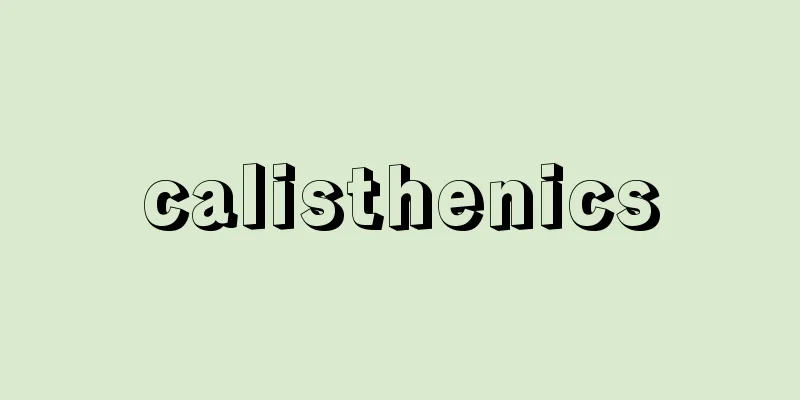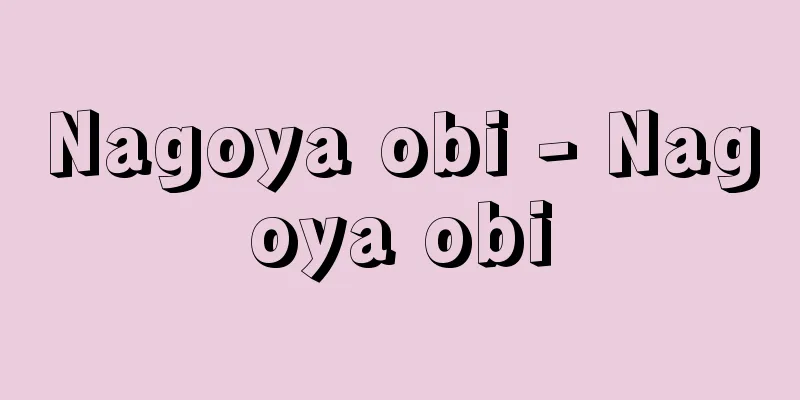Kyogoku style

|
The name of a school of koto music. In the 1890s, Suzuki Koson created a new style of koto music, using poems by his friends Takayasu Gekko, Usuda Kisumi, Kambara Ariake, and Yosano Akiko as lyrics, and applying gagaku-style tuning and playing techniques. Kyogoku-ryu koto music is a new style of music. Musical drama-style narrative pieces in particular were called shikyoku. Most of the pieces were solo koto pieces that avoided any ensemble with the shamisen, and men were expected to play in a relaxed position in formal attire. It was passed down to Amada Kohei of Fukui and Nachi Tamiko of Kyoto. Representative pieces include "Shizu" (1901, lyrics by Takayasu Gekko) and "Koume" (2004, lyrics by Usuda Kisumi). Source: Encyclopaedia Britannica Concise Encyclopedia About Encyclopaedia Britannica Concise Encyclopedia Information |
|
箏曲の流派名。明治 30年代に,鈴木鼓村が創始した新様式の箏曲で,親交のあった高安月郊,薄田泣菫,蒲原有明,与謝野晶子らの詩を歌詞として作曲し,雅楽風の調弦や奏法を応用したりした新傾向のものを京極流箏曲と称する。特に楽劇風の物語曲を史曲と呼んだ。三弦との合奏をまったく避けた箏の独奏曲が大部分で,男子は衣冠束帯で安座して弾奏することを原則とする。福井の雨田光平や京都の那智蒼生子 (たみこ) などに伝承された。代表曲に『静』 (1901,高安月郊作詞) ,『紅梅』 (04,薄田泣菫作詞) などがある。
出典 ブリタニカ国際大百科事典 小項目事典ブリタニカ国際大百科事典 小項目事典について 情報 |
Recommend
Yachiyo [town] - Yachiyo
A former town in Takada County, central Hiroshima ...
Ekoukada - Ekoukada
...Even in the rare cases where they are performe...
North China Plain
A large plain that occupies most of the eastern h...
Yaksagana (English spelling)
...Manipuri group dance cannot be called folk dan...
Ganasan - Ganasango
Please see the page on Samoyed languages. Source:...
Carnation - ka-ne-shion (English spelling) carnation
A perennial plant of the Caryophyllaceae family (...
Fāṭima (English spelling)
[Born] 606, Mecca [Died] 633. Medina Daughter of t...
Acetoacetic acid - Sweat and Sakusan
It is an unstable liquid acid with a melting poin...
Idaho Potatoes - Aidaho Potatoes
...Since then, conflict between Mormons and other...
Friedrich Gottlieb Klopstock
German poet. Born in Quedlinburg, Prussia, he stu...
Kichijoji
[1] A Soto Zen temple in Honkomagome, Bunkyo Ward,...
Ukebayashi - Ukebayashi
…The term “hayashi” is now often used in the narr...
Nuisance - New Sansu (English spelling) nuisance
It refers to acts that infringe on the interests ...
Japan Overseas Cooperation Volunteers - Kaigaiseinenkyoryokutai
…It is a special corporation established in 1974 ...
Vicarious menstruation
It is periodic bleeding from outside the genitals ...









